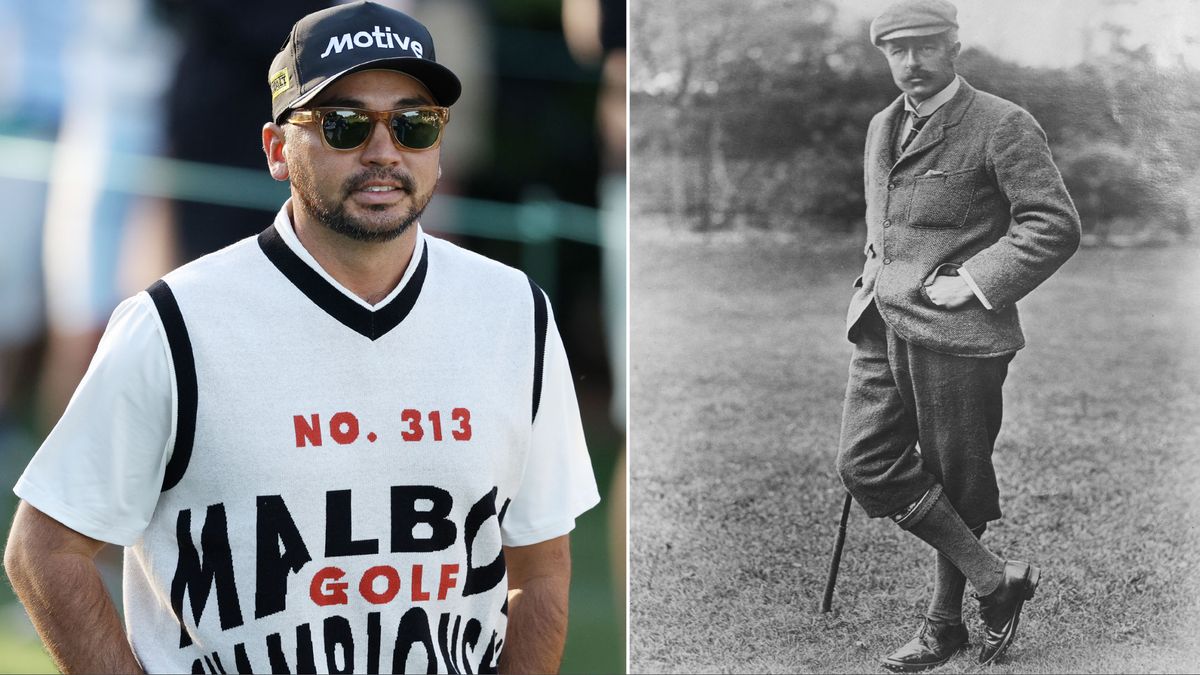How would you feel if you saw someone on the course wearing jeans or a collarless shirt? Would you be offended? Perhaps you might even go over to have a word, or drop an email to the club secretary.
Nothing gets tongues wagging in the clubhouse quite like dress codes. Long before Jason Day and co started wearing vests and hoodies and upsetting the traditionalists, there’s been a debate over what is and what is not acceptable golf attire.
Bristol Golf Club in the UK has made its stance on the matter quite clear. “There are no dress codes, stuffy members or any other reasons for you to avoid spending some time unwinding at The Bristol. All are welcome.” These words can be found on the club’s website, and they are echoed by its General Manager and PGA professional, Paul McLean.
“We share a common view here that golf has this negative perception of being too stuffy, unwelcoming and archaic in its views,” explains McLean, who’s keen to stress that the club is not trying to be disruptive and that there is still a place in the game for traditions.
“Our belief is that we’ve got to try and make the whole game accessible to everyone regardless of how you dress, what you look like and how good you are and all of the things that can sometimes be barriers.
“We’re on the edge of Bristol, arguably one of the most diverse cities in the UK. It would be ridiculous for us not to try and welcome in as many people as we can, whatever background and whatever experience they’ve got.”
Golfers like Jason Day have embraced a more relaxed look on the course
(Image credit: Getty Images)
The more traditional golf club tends to be fairly rigid when it comes to dress codes, especially in the UK where collars, socks of a certain length and color and a jacket and tie in the clubhouse are rules that are to be strictly adhered to. This, McLean says, is absolutely fine – it’s just not something you’ll find at The Bristol.
“If you want to play golf, our job is to find a way of making that happen for you,” he says. “If you turn up and you might not be dressed in the traditional golfing manner, should we stop you playing golf? Absolutely not. If you turn up and you’ve never played golf before, should we stop you? Definitely not, we should be encouraging you to play.”
In July, the club hosted ForeFly Festival, which isn’t your average golf tournament. People from all over the country travelled to the club for some music, dancing and a bit of golf. There was even a live DJ and entertainment. Needless to say the bar did a roaring trade.
McLean admits that the club has lost “one or two” members. However, the positives seem to be outweighing the negatives. In fact, one of the big pluses is that membership has almost doubled over the last two years.
If the thought of such an event taking place at your club makes you shudder, you needn’t worry. This is not a model that will work everywhere, and nor is McLean suggesting that should be the case.
“Dress codes for certain clubs work. We’re not saying they’re wrong and we’re right,” he says. “This is how we want to run the golf club because we believe this is the most inclusive and welcoming way to do it.”
One argument clubs sometimes put forward for not relaxing dress codes is a fear that people will turn up wearing jeans and football shirts. McLean says this hasn’t been the case, and even if someone were to arrive wearing non-golf attire they wouldn’t be turned away. The idea that they would has him scratching his head.
“Wearing a t-shirt isn’t an offensive gesture, unless it’s provocative,” says McLean, “and frankly that just doesn’t happen. What you tend to find is most people who come to play golf wear golf attire in the same way that if you take up cycling you’re probably going to end up in spandex.
“Golf needs its traditions. That bit we are not denying, but if we were to hold on to every tradition we’d still be wearing tweed, plus fours and a flat cap and jacket to play golf in. The fact is that golf attire has evolved and all we’re doing is keeping that evolution going.”

